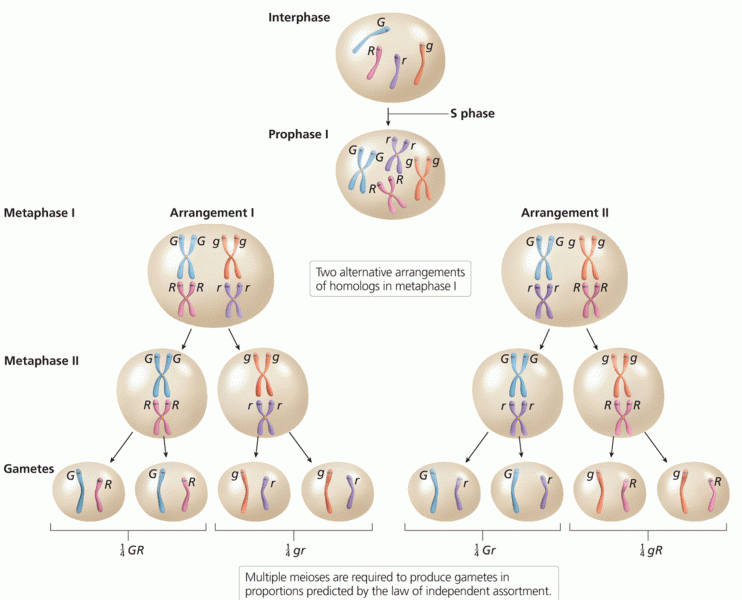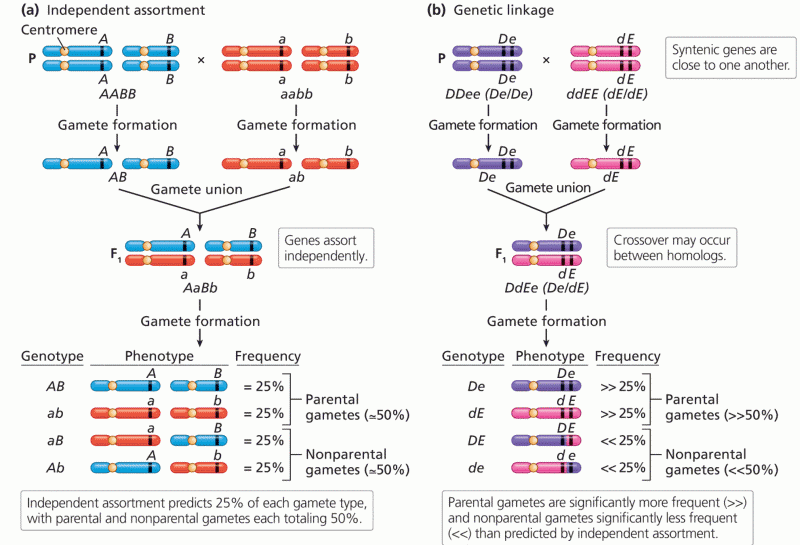Answer to Question 1
The most important U.S. Supreme Court decision concerning a student's right to passive speech was in 1969 in the case of Tinker v. Des Moines Independent Community School District. This case involved the right to wear black armbands to protest the war in Vietnam.
Three high school students, ages 15, 16, and 13, were suspended for wearing the armbands in school.
This decision is significant because it recognizes the child's right to free speech in a public school system. Justice Fortas stated in his majority opinion, Young people do not shed their constitutional rights at the schoolhouse door..
Tinker established two things: (1) a child is entitled to free speech in school under the First Amendment of the U.S. Constitution, and (2) the test used to determine whether the child has gone beyond proper speech is whether he or she materially and substantially interferes with the requirements of appropriate discipline in the operation of the school.
In a 1988 case, Hazelwood School District v. Kuhlmeier, the Court extended the right of school officials to censor active speech when it ruled that the principal could censor articles in a student publication.
In this case, students had written about their personal experiences with pregnancy and parental divorce. The majority ruled that censorship was justified in this case because school-sponsored publications, activities, and productions were part of the curriculum and therefore designed to impart knowledge.
Control over such school-supported activities could be differentiated from the action the Tinkers initiated on their own accord. In a dissent, Justice Brennan accused school officials of favoring thought control.. While the Court has dealt with speech on campus, it may now be asked to address off-campus speech issues. Students have been suspended for posting messages on their Internet web pages that school officials consider defamatory. In the future, the Court may be asked to rule whether schools can control such forms of speech or whether they are shielded by the First Amendment.
Student views will vary.
Answer to Question 2
d







